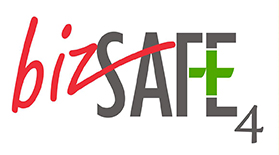Critical Zone
Critical zone refers to an area where planted steel structures are most prone to severe corrosion. This critical zone is located at +/- 100mm ground level. This location has been clearly identified by Institute of Lighting Engineer (ILE) and Transport Research Laboratory (TRL) from the UK.
To substantiate the authenticity of the critical zone theory, here are the views of the three expert witnesses called to court for the fatality case related to the failure of a planted pole (reported in The Straits Times dated 8 June 2004). The experts highlighted their views on areas where it is most prone to severe corrosion in the court. Although the views were split, the areas identified still correspond to the critical zone as mentioned by ILE and TRL.
By Associate Professor Qui Jianhui, a corrosion expert from the Nanyang Technological University’s School of Materials Engineering. He said, “Corrosion occurred exactly at the ground level“. He further explained that the “junction” between the atmosphere and the soil would be the most severely corroded because of the “wetting and drying” process due to collected rainwater.
By Dr Zhuang Tao, principal consultant at PSB Corporation’s mechanical testing group. He said, “The most severely corroded portion should be the part just above the ground“. He explained that there was not enough oxygen underground to cause such corrosion.
By Mr Yusuf Apsoro, materials analyst from private laboratory Det Norske Veritas (DNV). He said, “The corrosion had occurred just below the ground“. He explained that soil corrosion was generally faster than atmospheric corrosion and chemicals in the soil could hasten the process.
CMT’s unique RLS technology was designed to measure corrosion at this critical zone, the zone it matter most, without the needs for excavation or removal of protective coating.
Understand more on Adopting RLS







